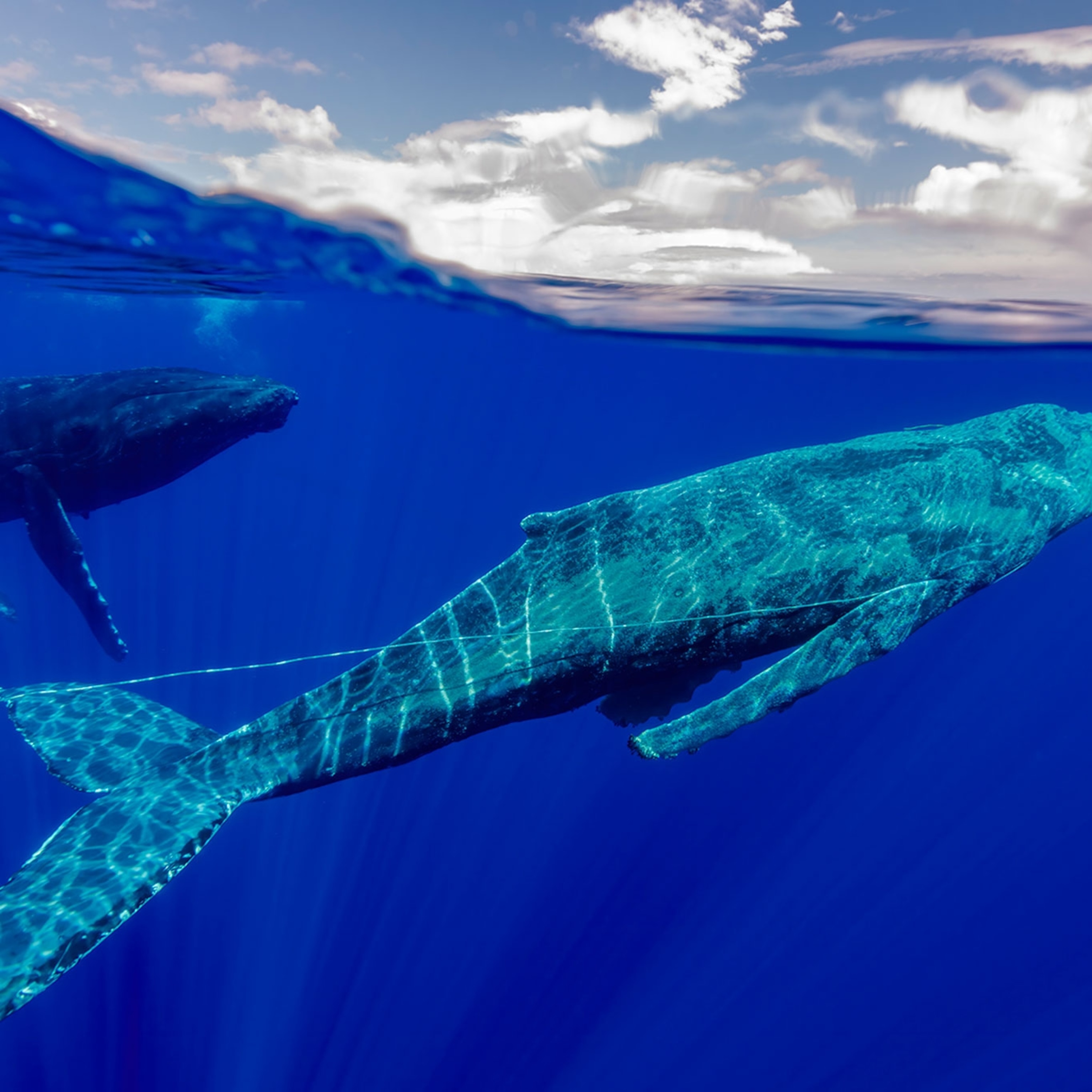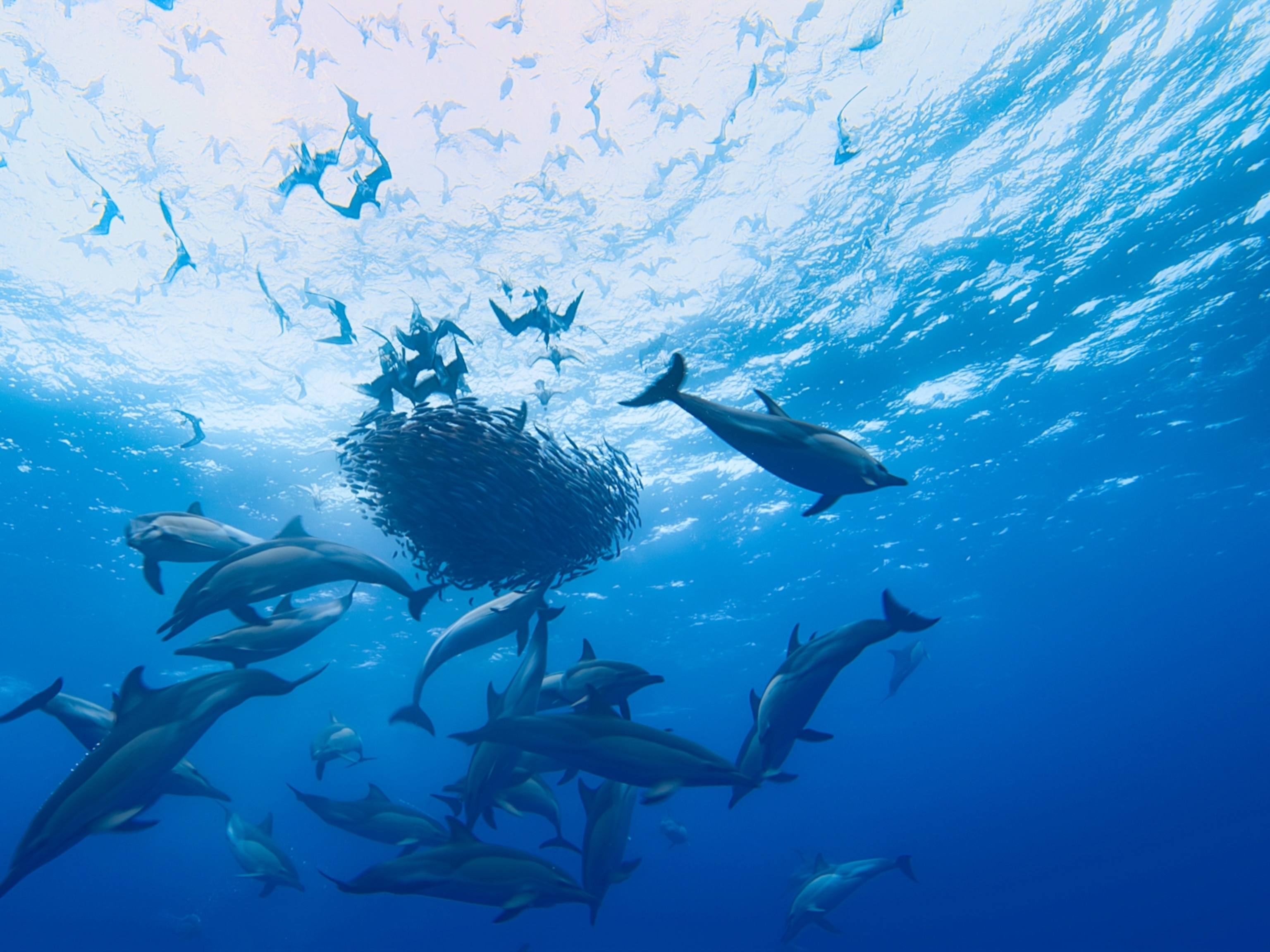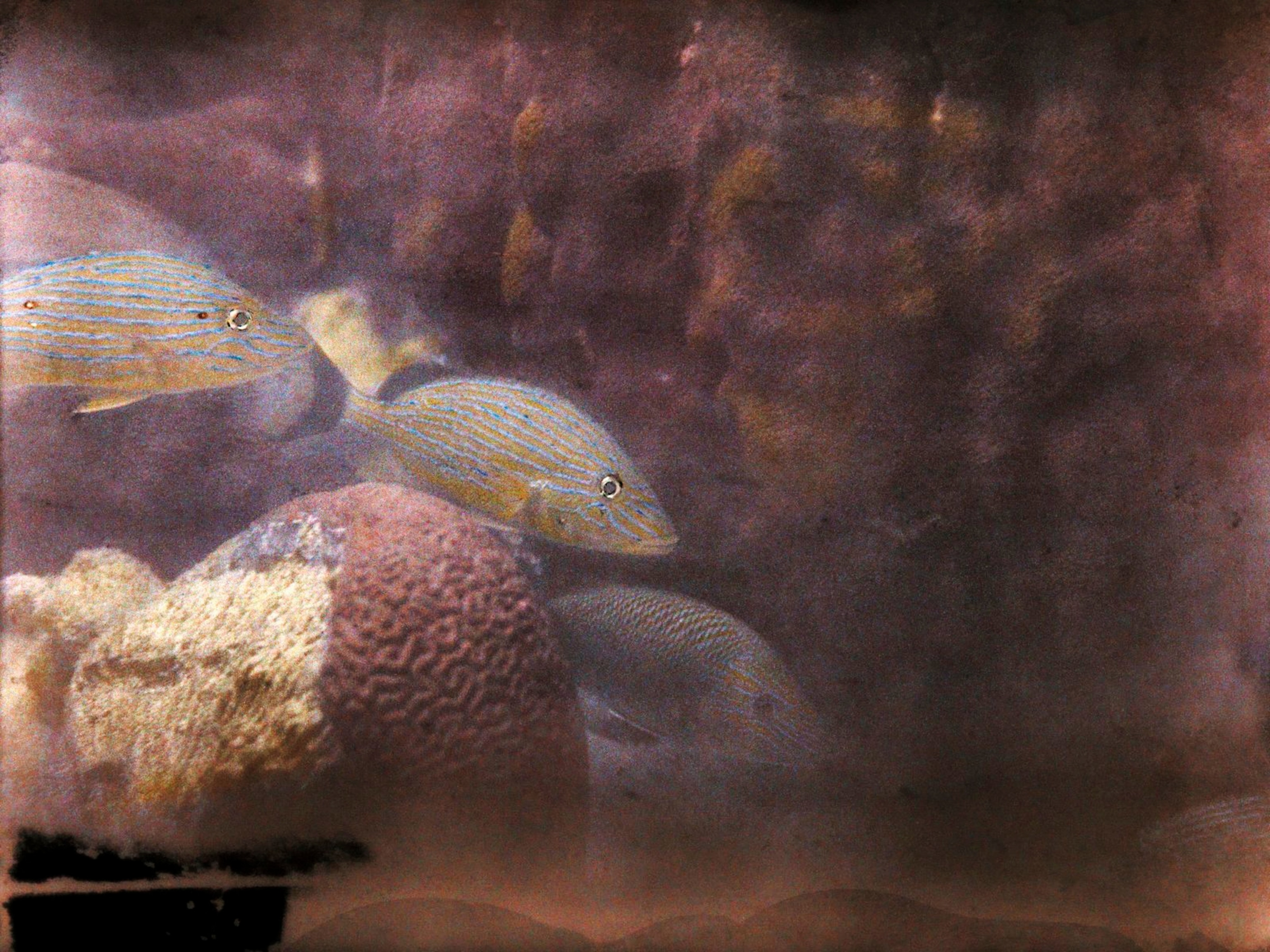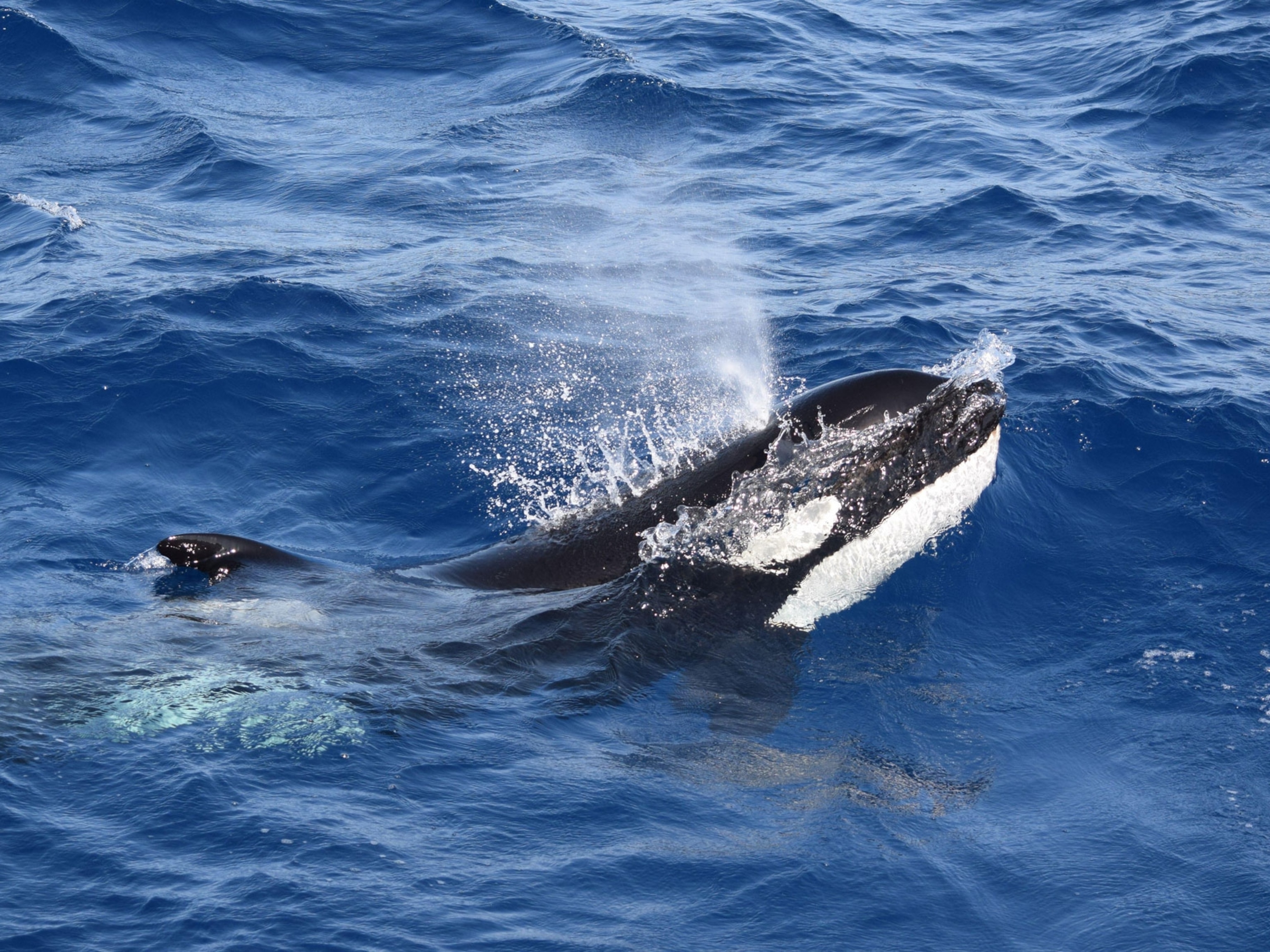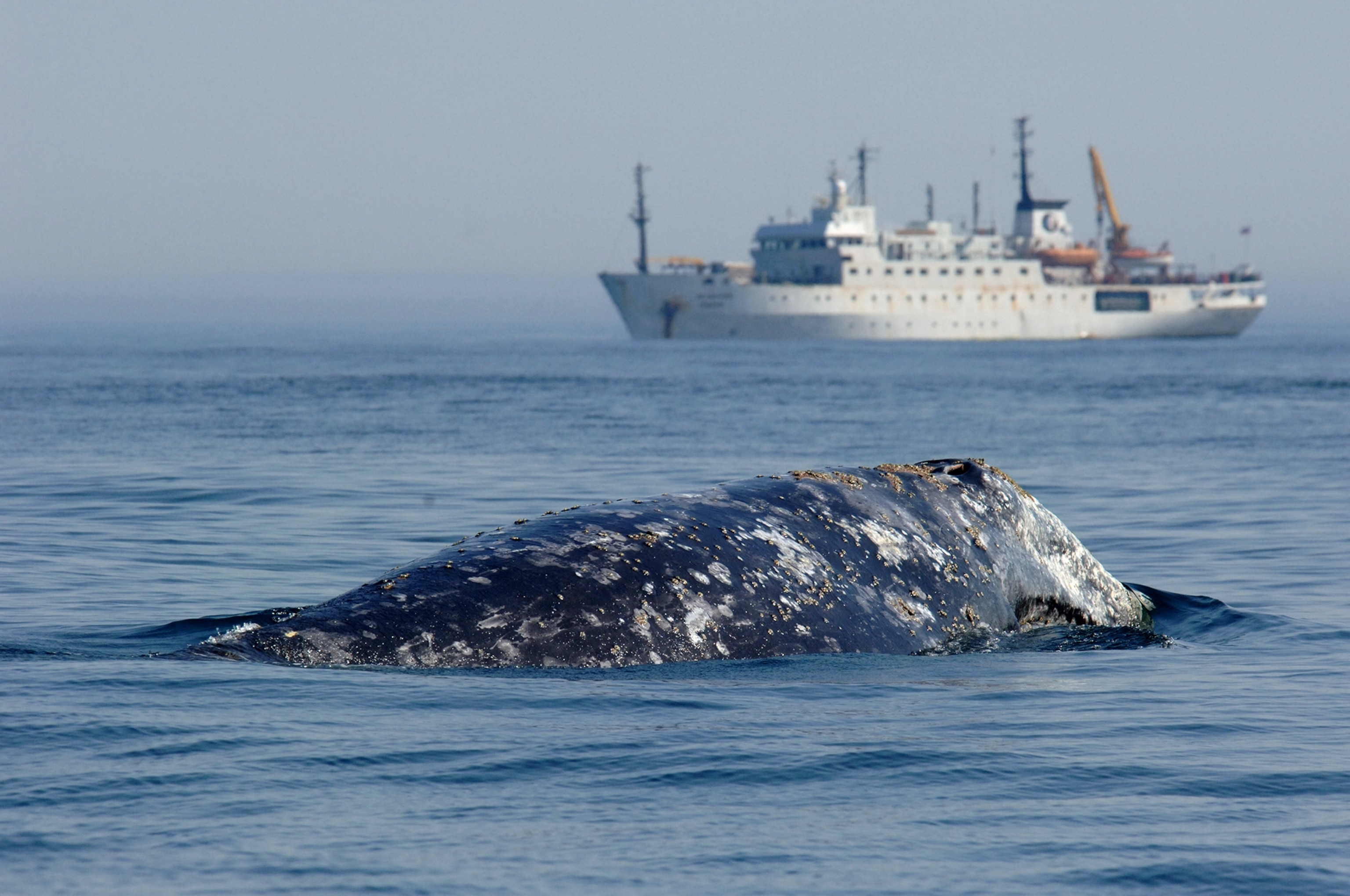
Study: Planning Can Protect Whales in Seismic Surveys
Scientists outline recommendations for protecting whales and other marine animals from loud blasts generated by ocean seismic surveys for oil and gas exploration.
Whale experts have teamed up with the oil and gas industry to develop a step-by-step guide for reducing the impacts of noise pollution from marine seismic surveys on whales and other marine species.
The paper, published in the current issue of the journal Aquatic Mammals, was the result of a collaboration between scientists with the Switzerland-based International Union for Conservation of Nature (IUCN)'s Western Gray Whale Advisory Panel and the Russian consortium, Sakhalin Energy Investment.
"We wanted to create a go-to document for people who are planning one of these surveys so that they can minimize the risks [to wildlife]," said Doug Nowacek, an oceanographer at Duke University and the paper's lead author.
The energy industry uses marine seismic surveys to map the seafloor and identify areas of potential interest for oil and gas drilling. To conduct the surveys, ships tow arrays of air guns that repeatedly fire powerful bursts of sound aimed at the ocean bottom. Sensors measure the return echo to reveal details of the seafloor and the underlying geologic structure. (See related, "Offshore Energy Clash Over Undersea Sound.")
"The air guns' shots are going off every 10 to 15 seconds for days to weeks to months on end," Nowacek said.
Studies have shown that the sound bursts—which can reach 250 decibels, loud enough to be detected 2,500 miles (4,000 kilometers) away—can disturb and even harm marine life. For examples, whales rely on sound for communication, navigation, and foraging, so exposure to loud noise can result in stress and behavior changes, affect foraging and nursing, or cause direct physical damage. [Read also "Giant Squid Killed by Sound?"]
The new study outlines a series of procedures that Nowacek and his team developed to protect western gray whales during seismic surveys conducted near Sakhalin Island, located on the Russian coast just north of Japan, from 2006 to 2012. The region harbors huge oil and gas reserves, but it is also an important feeding area for the whales, which are listed as critically endangered on the IUCN Red List of Threatened Species. The area is being developed by Sakhalin Energy, which is a consortium that includes the Russian company Gazprom, Royal Dutch Shell,* and the Japanese companies Mitsui and Mitsubishi.
One of the team's recommendations was for Sakhalin Energy to do as much planning as possible to understand the potential ecological impacts of the seismic surveys in order to mitigate them. Before any ships are even sent out, the authors say, companies should attempt to gather baseline ecological data about a region and and learn about what animals might be present during the survey. And whenever possible, the surveys should be conducted when susceptible animals are absent, present in low numbers, or not passing through as part of their migration route. (See related, "Bubble Curtains: Can They Dampen Offshore Energy Sound for Whales?")
The coauthors also recommend that energy companies conduct real-time acoustic monitoring of the air gun shots to ensure the noise levels match what is predicted by computer models, so that the impact on marine life is not a surprise.
It's also important to set up lines of communication between the survey boats and wildlife observers during surveys so that problems can be addressed quickly, Nowacek said, "so that if anybody sees anything that is listed as a trigger for mitigation"—such as a whale attempting to flee or showing other reactions during a survey—"there's a very direct line for getting that done. That doesn't always exist."
The authors also emphasize the importance of evaluating the effectiveness of monitoring programs and mitigation measures after surveys are completed, and for companies to share what they've learned about how animals are affected. Nowacek said he thinks this could be done without divulging proprietary information about specific techniques.
Carl Gustaf Lundin, director of the global marine and polar program at IUCN, said the tiny population of western gray whales affected by Sakhalin Energy's surveys grew about 3 percent a year, to 140 individuals, during the survey period. That indicates the monitoring and mitigation efforts are working, he said. (See related story: "Chilean Wind Farm Faces Turbulence Over Whales.")
"It's a good sign . . . but we're not out of the woods yet," Gustaf Lundin said. In particular, he said he worried about the cumulative impact on the whales as more companies begin to explore the region.
Michael Stocker, executive director of Ocean Conservation Research (OCR), a California-based organization focused on marine noise pollution science and policy, called the new study "exemplary," but he wonders how many companies will spend the time and money that Sakhalin Energy did to work with scientists to investigate their surveys' ecological impacts.
"Right now, as we speak, there are over 50 surveys going on globally," Stocker said. "[Companies] are not going to go through this procedure for all of those."
In the case of Sakhalin Energy, the company was required to conduct a study investigating the risk to western gray whales of its surveys as part of the conditions for securing a large bank loan, according to Nowacek.
New technologies in development—such as ones that use electromagnetic waves in place of acoustic waves—could one day allow companies to gather the same kinds of geological data while being less ecologically disruptive, Nowacek said, but it will still be some time before those techniques can match the efficiency of the air gun approach.
OCR's Stocker said the best way to protect animals from the effects of noise pollution generated by seismic surveys is to eliminate the need for such surveys altogether.
"The types of technology [that are] going to improve this situation are solar panels and [power sources] that get us away from fossil fuel," he said.
Follow Ker Than on Twitter.
*Shell is sponsor of National Geographic's Great Energy Challenge initiative. National Geographic maintains autonomy over content.



